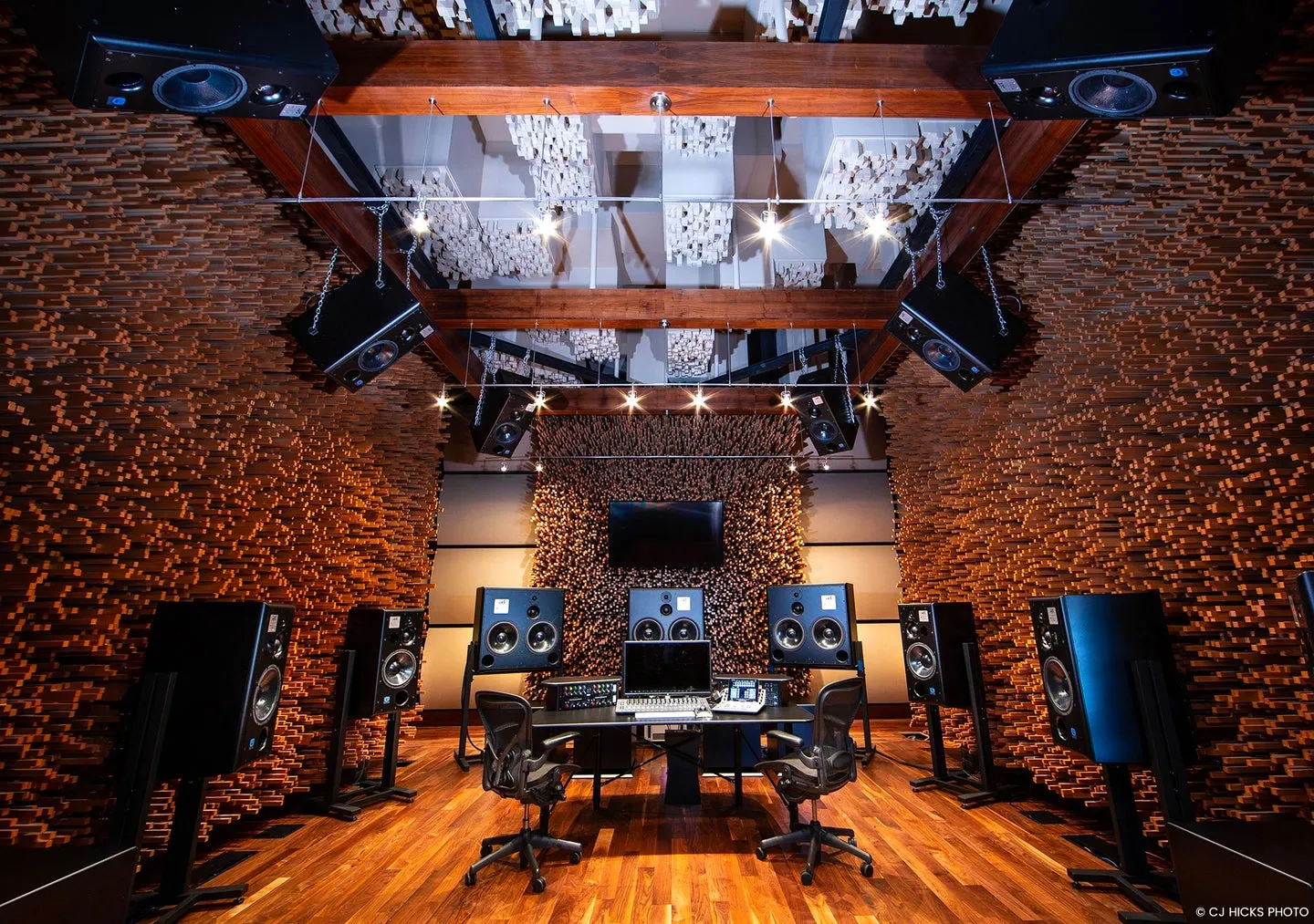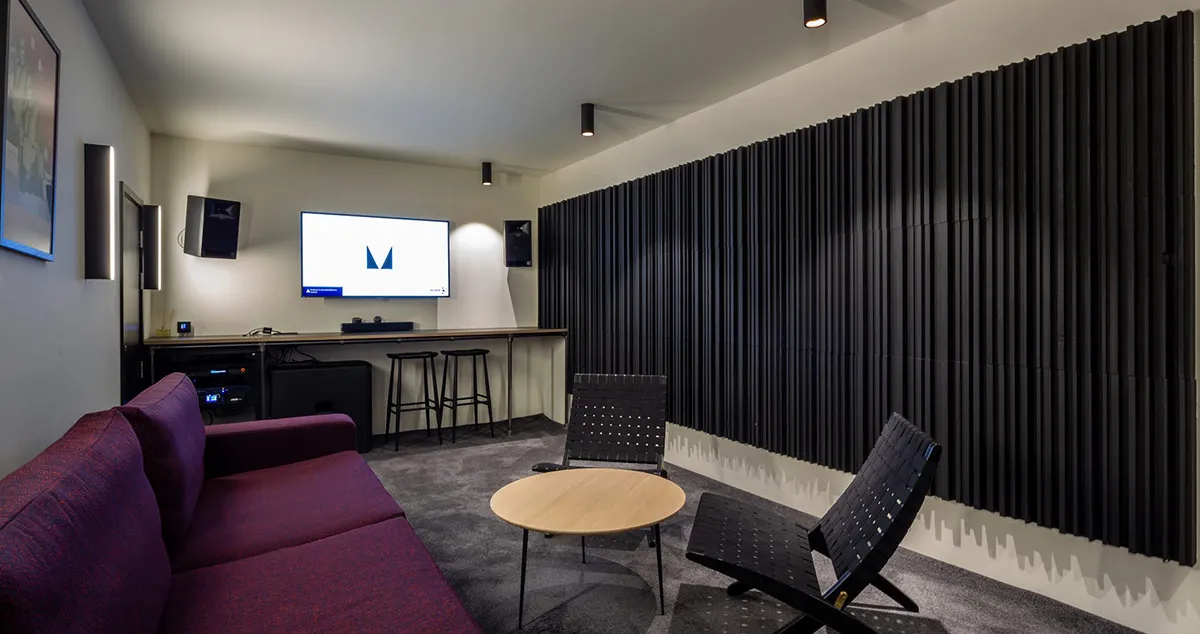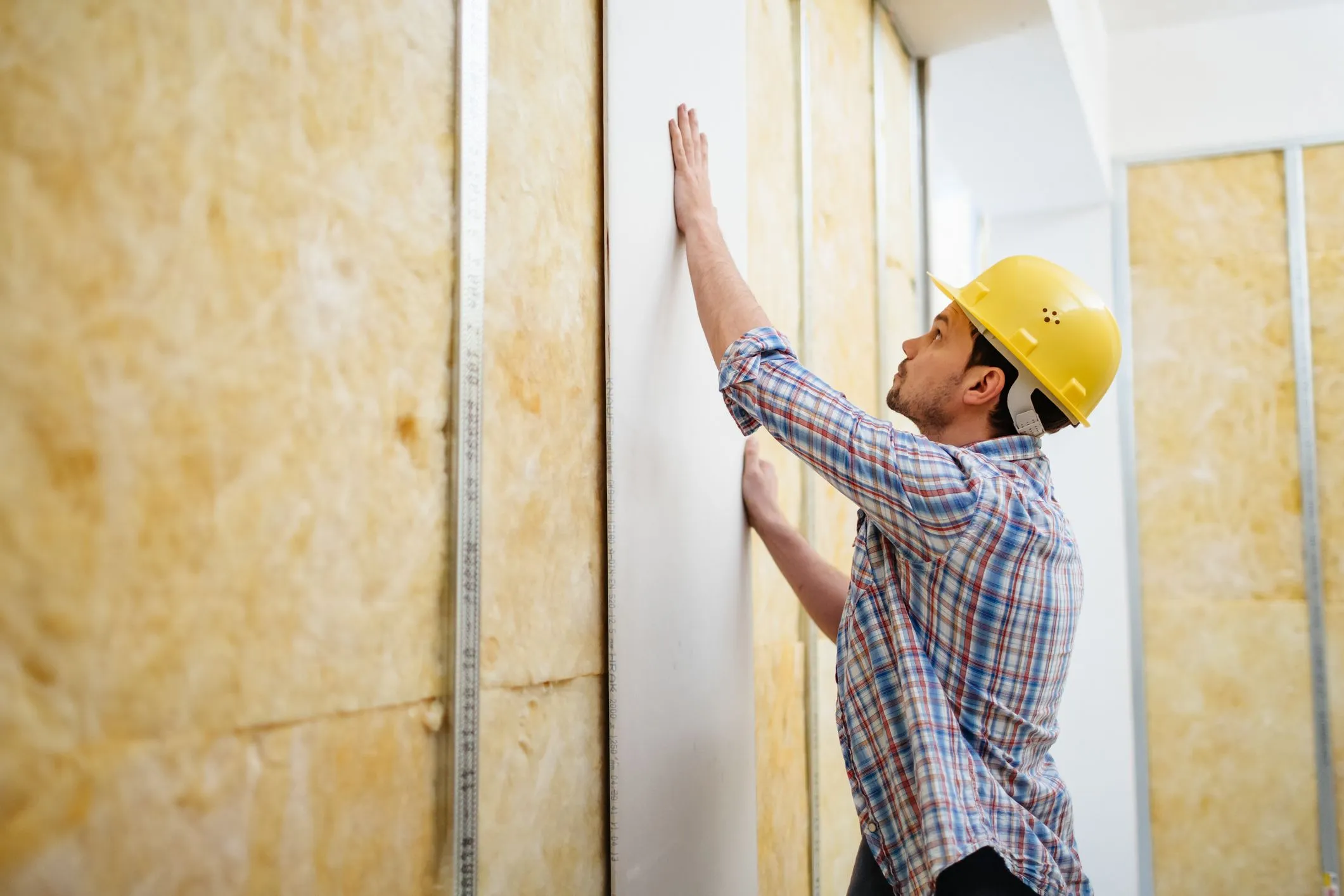All types of homes, whether they are large suburban homes or high-rise apartments, may have soundproofing problems. This can make you wonder how to soundproof a room.
You might be dealing with noise from the outside, like vehicles and nearby businesses, or noise from the inside, like chattering children or noisy neighbors.
Your live environment affects the quality of your voice and sound when you livestream. Unlike YouTube videos, where you can precisely set the sound stage, there are no second takes.

Unlike in Vegas Pro, there are no denoising algorithms to run. The sound quality you have at that precise moment is all you have. Both for better and worse.
Your consciousness is streaming out into the universe. Uncut and unvarnished for everyone to see and hear.
Why Should You Soundproof Your Streaming Room?
Three things make your stream room soundproof: first, it helps block out outside noise that might interfere with your feed.
Finally, it makes your streams quieter, which lessens the likelihood that they will annoy your roommates. Secondly, it helps to reduce the echo in the room that you are in, which helps to improve the overall sound.
All things considered, soundproofing your room merely improves the stream’s audio quality. In comparison to a non-soundproofed room, a soundproofed room will make it much harder to hear someone yelling in another room.
The people you live with won’t be able to hear you as well if you start yelling, too (even though people rarely yell while playing video games, just in case you slip). Making your streamroom soundproof is a win-win situation for everyone.
Various Ways on How to Soundproof a Room

Reducing unwanted noise in your room can be greatly improved by soundproofing it. We’ll walk you through a few easy steps in this guide to help soundproof your room and create a more tranquil space.
1. Make Windows Soundproof
The best way to reduce noise pollution in your home is to install soundproof window inserts if you live near loud neighbors, honking cars, or other sources of noise pollution.
The internal face of your main window is about five inches in front of where these glass inserts are placed into the window frame.
The air space between the insert and the window blocks most sound vibrations from going through the glass.
2. Sealing Door Gaps
The door is the most vulnerable point in a room’s soundproofing system. Sound can enter through the tiniest gaps in doors.
To be soundproof, a door needs to have more mass and be as airtight as possible. Though it’s an expensive soundproofing product, buying a pre-made soundproof door is something you should think about doing.
Alternatively, for a more affordable option, you could swap out your lightweight door for a new one with a solid-wood core. The mass between the noises outside and the room would rise.
3. Install Soundproof Curtains
Soundproof curtains are among the easiest ways to soundproof a space. Soundproof curtains are a great way to deaden sound and lessen echo in a space.
It’s crucial to keep in mind, though, that while sound-dampening curtains can greatly lessen noise, they still can’t completely eliminate it.
If you select the correct soundproof curtain, these curtains often have a porous surface that aids in sound waves being absorbed, greatly reducing noise in the room. They also aid in sound blocking.
4. Make the Walls Soundproof With Mass-Loaded Vinyl
One of the greatest materials for soundproofing walls is mass-loaded vinyl. You can use it practically anywhere because of its exceptional durability, flexibility, and thinness.
While its greater mass completely blocks sound, high-density soundproofing absorbs sound. Typically, the MLV is installed behind drywall or sheetrock and above the fiberglass structure.
For the best results, you can also apply the MLV across the outer wall surface. To secure it firmly in place, you can use roofing nails, screws with washers, or pneumatic cap staplers.
5. Block the Sound Coming through the Floor
A lot of noise can pass through the floor, especially in multi-family homes. All it takes to minimize noise transmission through the floor is to install carpet.
EVA (ethylene vinyl acetate) foam flooring is great at absorbing sound and works well in high-traffic areas like your bedroom or place of employment.
Because they are laid like an additional layer over the existing floor rather than adhering to it, these are ideal for rented spaces.
Why is Sound so Difficult to Contain?
The process of soundproofing a room is similar to that of waterproofing a boat’s hull. The smallest opening may allow water to enter. Sound waves are difficult to work with because they can pass through tiny gaps and diffract around corners.
Different pitches and frequencies of sound waves enable some to travel farther or to be more omnipresent and challenging to ignore.
Because high-pitched sounds have more oscillations in their Soundwave and are perceived by the eardrum as louder than lower-pitched sounds, they are more difficult to block out. The yapping voices of small dogs and children are particularly painful and hard to ignore.
Long-range listening can be achieved by using lower-frequency sounds, such as the deep thud of bass or the low hum of a motorway.
Additionally, sound can travel through objects. You can hear the sound coming from the other side if you have ever attempted to attach a glass to a wall.
What is the Best Material to Soundproof a Music Room?

For musicians, soundproofing a room is a crucial skill, whether they’re building a professional recording studio or a small home practice area.
There are two types of sound transmission: airborne, which occurs when air has a way to travel from one area to another, and structure-borne, which occurs when materials in a room vibrate and transfer into other areas.
The best materials to stop an air spill or absorb sound during airborne transmission are acoustic caulk and Rockwool, respectively.
The best materials are those that isolate the source when the sound is transmitted through the structure. Whisper Clips, channels, and isolation pads are ways to soundproof your room in such cases.
Do You Need Acoustic Panels for Streaming?
Acoustic panels are essential for crystal-clear audio streaming because live streaming precludes the possibility of post-production background noise reduction.
While audio is becoming more and more significant in streaming, video still receives the majority of attention.
A common error made by novices in content creation is to ignore background noise. Their habit is to stream from any available room without giving the audio quality much thought.
Noise is a constant in our homes and workplaces, and most viewers don’t notice audio quality unless something goes wrong.
You will need to use a sensitive microphone that will probably pick up on all the noise your brain decides to ignore in order to get clear audio. This includes any echoing or reverberation in spaces like kitchens and bathrooms that have less furniture.
The goal of soundproofing a space is to absorb sound waves. Sound can be attenuated by using more plush, absorbent materials such as foam, carpet, blankets, and acoustic panels.
Maintaining the proper seal on your windows and doors will also help to keep noise levels down and your room quiet.






